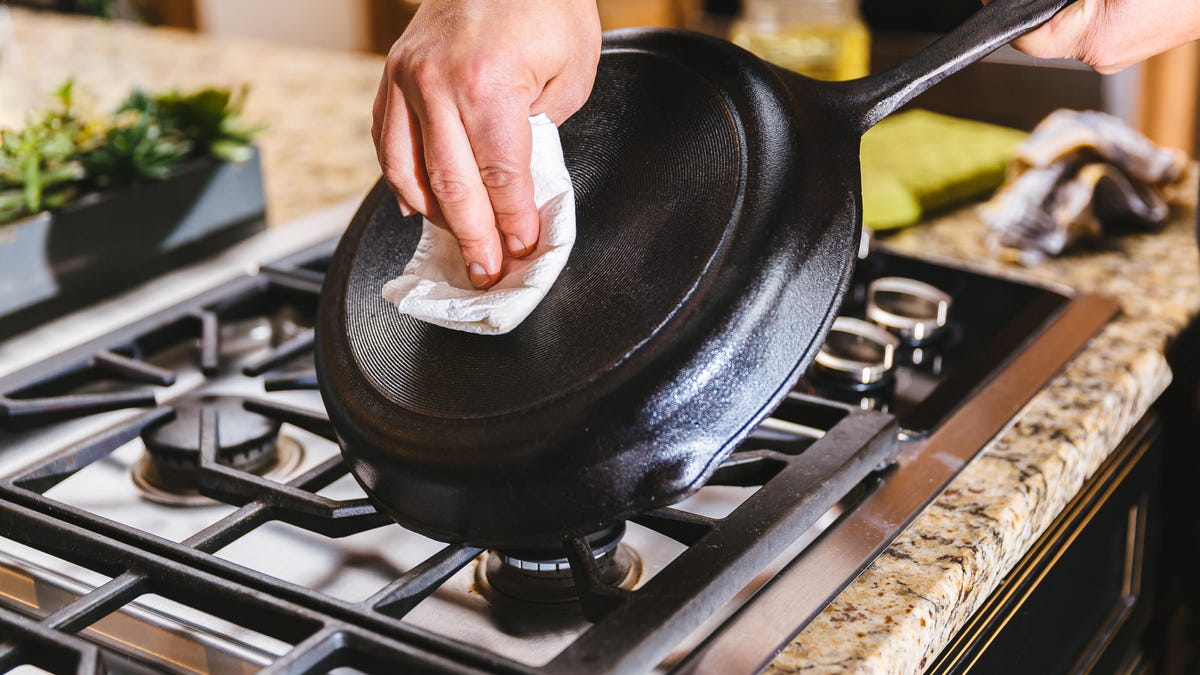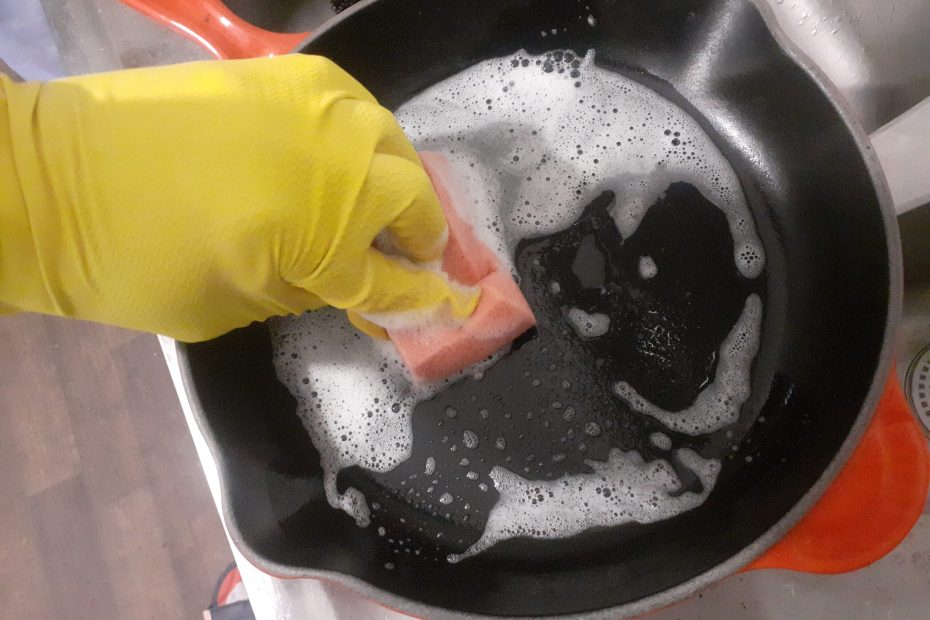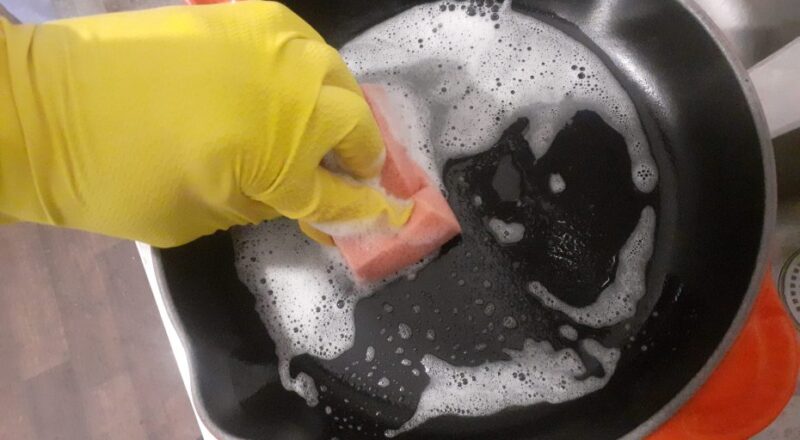Cast iron cookware is beloved for its durability, excellent heat retention, and ability to create perfect sears on steaks and other foods. However, even experienced home cooks can encounter a common problem: sticky cast iron. If you’re wondering, ‘why is my cast iron sticky’, you’re not alone. Let’s dive into the reasons and solutions for this pesky issue to ensure your cast iron remains a key player in your kitchen.

Understanding the Sticky Situation: The Basics
It’s essential to understand that a sticky cast iron surface often results from improper seasoning or cooking techniques. Knowing the basics can help you prevent future stickiness and maintain your cookware properly.
What is Seasoning?
Seasoning is the process of baking oil onto the cast iron surface to create a natural, non-stick coating. This layer forms when fats and oils are heated to the point where they polymerize and bond to the cast iron.
The Role of Oil
When seasoning your cast iron, the type and amount of oil used are crucial. Using too much oil, or the wrong type, can result in sticky residue.

Common Causes of Sticky Cast Iron
Too Much Oil During Seasoning
Applying too much oil during seasoning can create a sticky layer on the surface. A thin layer of oil is enough to form the needed bond.
Cooking with High-Sugar Foods
Foods high in sugar, like sauces or glazes, can leave a sticky residue on your cast iron cookware. This is especially common if the cookware isn’t properly seasoned.
Incomplete Polymerization
Polymerization occurs when the oil is heated and bonds to the cast iron. If the process is incomplete due to insufficient heating, it will leave a sticky surface.

Steps to Fix Sticky Cast Iron
Step 1: Clean Thoroughly
Start by cleaning the sticky cast iron with hot water and a stiff brush. Avoid using soap, as it can remove the seasoning.
Step 2: Strip and Reseason
Sometimes, the best way to handle a sticky cast iron pan is to strip the old seasoning and reseason it. This means baking off the old layer and applying a new, thin layer of oil.
Step 3: Use Proper Cooking Techniques
Avoid cooking highly acidic or sugary foods until your seasoning is well-established. Stick to frying or sauting with oils and fats.

Maintaining Your Cast Iron
Regular Cleaning
After each use, rinse your cast iron with hot water and use a brush to remove any food particles. Avoid soaking the pan.
Drying and Oiling
Always dry your cast iron immediately and thoroughly. Apply a light layer of oil after drying to prevent rust and maintain seasoning.
Storage Tips
Store your cast iron in a dry place. If stacking with other pans, consider placing a paper towel or cloth between them to absorb any moisture.
FAQs
Can I Use Soap on My Cast Iron?
While occasional light use of soap can be acceptable, frequent use can remove the seasoning. Stick to hot water and a brush for regular cleaning.
Whats the Best Oil for Seasoning?
Flaxseed oil is often recommended for its high smoke point and ability to polymerize well, but vegetable oil and shortening also work well.
How Can I Prevent My Cast Iron from Becoming Sticky Again?
Use the proper amount of oil when seasoning, avoid cooking high-sugar foods, and ensure complete polymerization during seasoning.
As an Amazon Associate, I earn from qualifying purchases.

